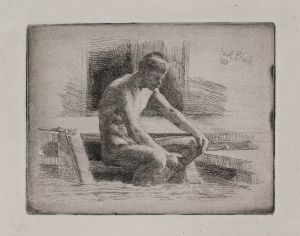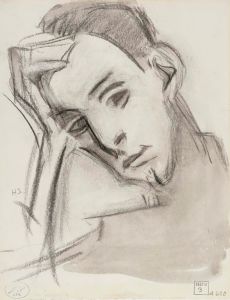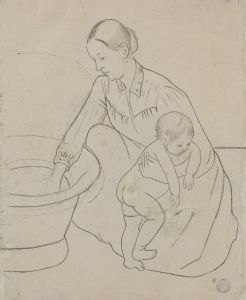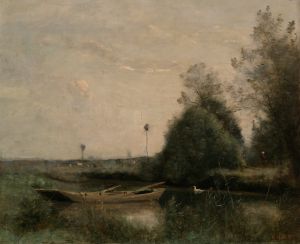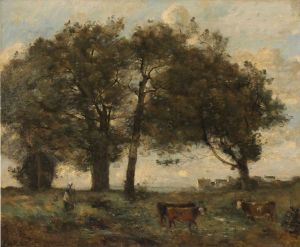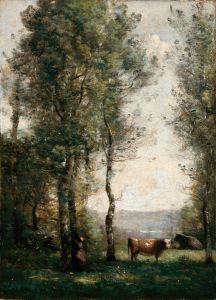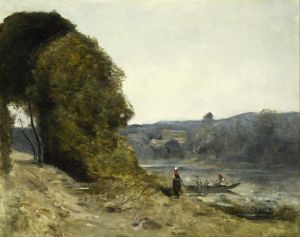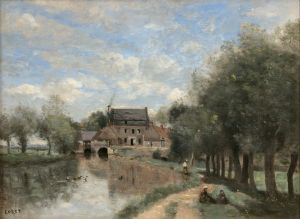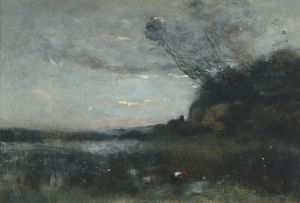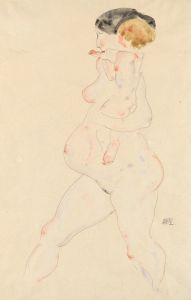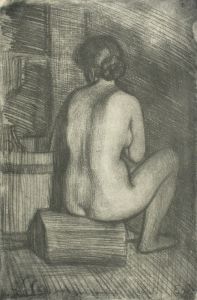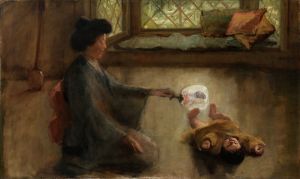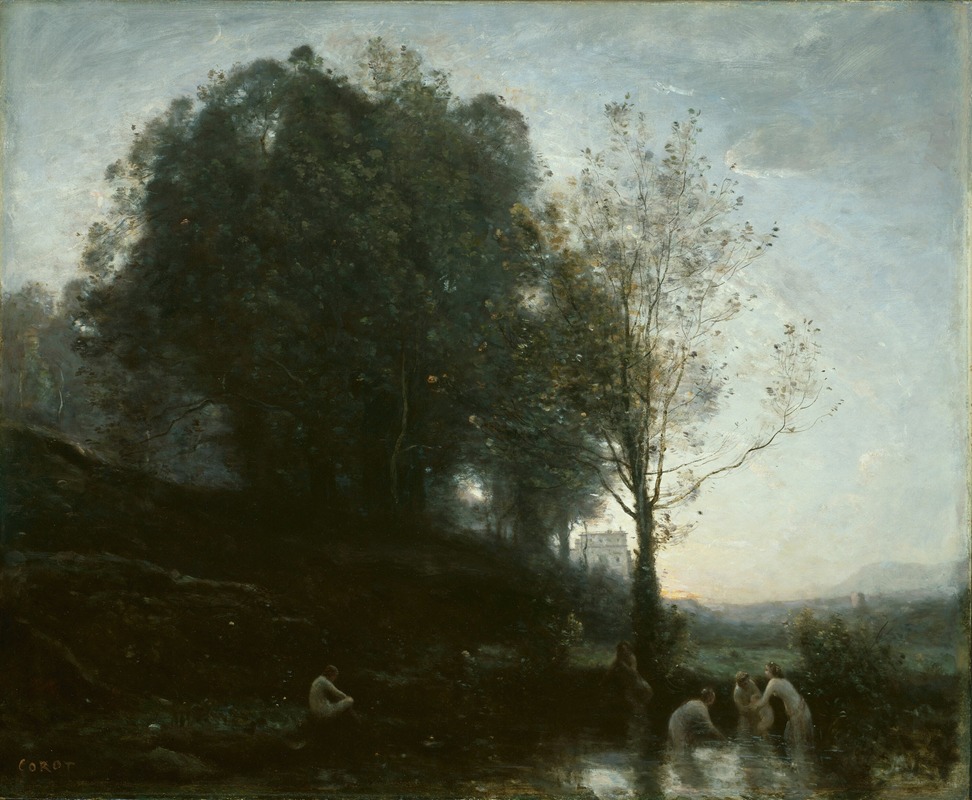
Bathing Nymphs and Child
A hand-painted replica of Jean-Baptiste-Camille Corot’s masterpiece Bathing Nymphs and Child, meticulously crafted by professional artists to capture the true essence of the original. Each piece is created with museum-quality canvas and rare mineral pigments, carefully painted by experienced artists with delicate brushstrokes and rich, layered colors to perfectly recreate the texture of the original artwork. Unlike machine-printed reproductions, this hand-painted version brings the painting to life, infused with the artist’s emotions and skill in every stroke. Whether for personal collection or home decoration, it instantly elevates the artistic atmosphere of any space.
Jean-Baptiste-Camille Corot's Bathing Nymphs and Child is a painting attributed to the renowned French artist, who is celebrated as a pivotal figure in 19th-century art. Corot is best known for his contributions to landscape painting and his role in bridging the Neoclassical tradition with the emerging Impressionist movement. His works often combine naturalistic depictions of the environment with poetic and idealized elements, reflecting a deep sensitivity to light, atmosphere, and composition.
Bathing Nymphs and Child exemplifies Corot's recurring interest in mythological and pastoral themes, which he frequently explored alongside his more naturalistic landscapes. The painting depicts a serene scene of nymphs bathing, accompanied by a child, set within a tranquil, wooded environment. The figures are rendered with a soft, almost dreamlike quality, blending harmoniously with the surrounding landscape. This integration of figures and nature is a hallmark of Corot's style, showcasing his ability to evoke a sense of timelessness and quiet beauty.
Corot often drew inspiration from classical mythology and literature, and his depictions of nymphs and other mythological subjects reflect the influence of earlier artistic traditions, particularly those of the Italian Renaissance. However, his approach to these themes is distinctively modern, characterized by a looser brushwork and an emphasis on mood and atmosphere rather than strict academic precision.
The painting's composition demonstrates Corot's mastery of tonal harmony, with a muted palette that enhances the ethereal quality of the scene. The interplay of light and shadow creates a sense of depth and invites the viewer into the idyllic setting. This focus on light and its effects on the landscape was a significant precursor to the techniques later employed by the Impressionists, many of whom regarded Corot as a mentor and source of inspiration.
While specific details about the creation and provenance of Bathing Nymphs and Child are not widely documented, the work is consistent with Corot's oeuvre, particularly his later period, when he increasingly turned to allegorical and poetic subjects. During this time, Corot's reputation as a leading artist in France and beyond was firmly established, and his works were highly sought after by collectors and institutions.
Today, Corot's paintings, including Bathing Nymphs and Child, are celebrated for their ability to transcend the boundaries between realism and idealism, offering viewers a glimpse into a world that is both grounded in nature and imbued with a sense of the sublime. His influence on subsequent generations of artists remains profound, cementing his legacy as one of the most important figures in the history of Western art.





